Category: Astronomy 101
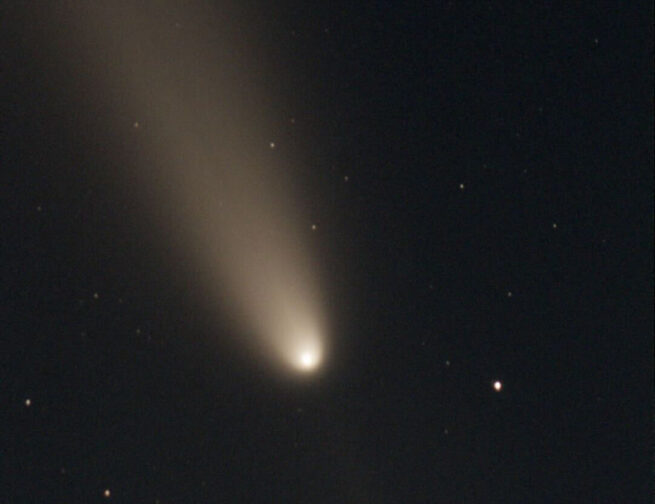
Everything You Need To Know About Comet Tsuchinshan-ATLAS AKA Comet C/2023 A3
Here’s an introduction to Comet C/2023 A3—the latest bright comet to grace our skies in the inner solar system.
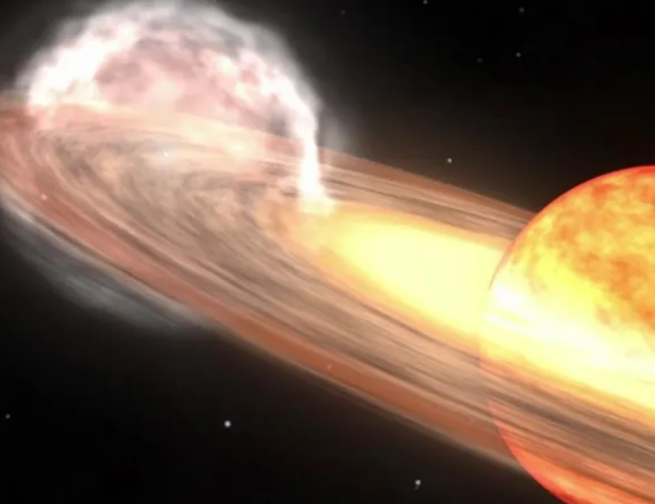
Novas Vs. Supernovas: What’s The Difference?
What is the difference between a nova and a supernova, and what causes them to explode? Adler Astronomer, Dr. Geza Gyuk explains.
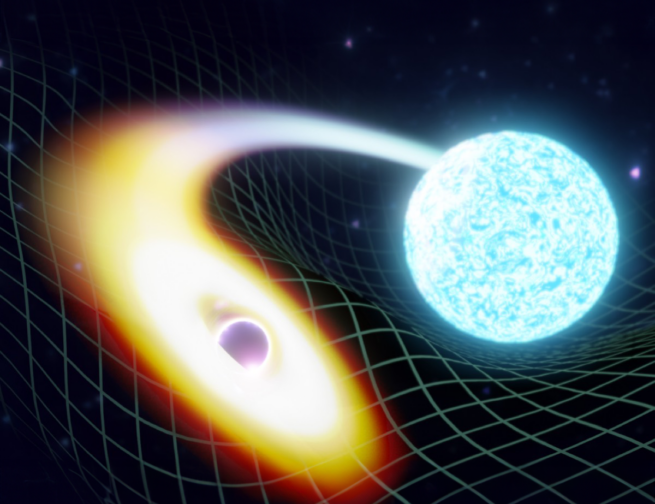
What Are Gravitational Waves And How They Helped Us Discover The “Mass Gap” Black Hole
What are gravitational waves, why they’re changing astrophysics, and how did they help us discover the mass gap black hole, GW230529?
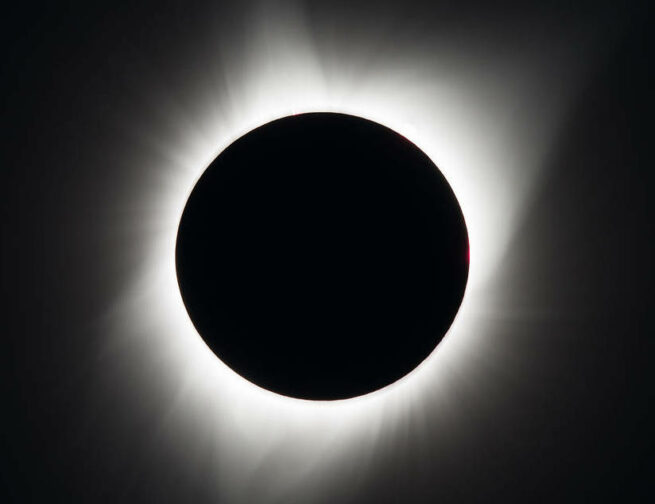
Everything You Need To Know About The April 2024 Total Solar Eclipse
Here’s everything you need to know about the April 8, 2024, partial solar eclipse or annular solar eclipse (depending on your location).
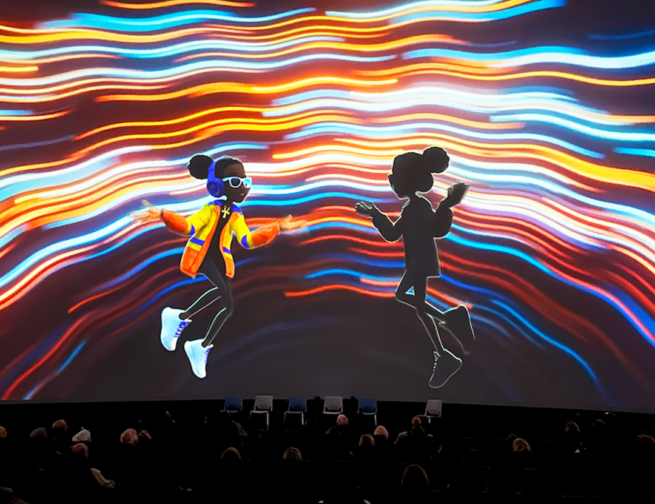
The Top Three Multiverse Theories: Many Worlds, Bubble Universes, And Shadow Matter
What is multiverse theory? Dive deeper into the multiverse theories explored in the Adler Planetarium’s sky show, Niyah and the Multiverse—many worlds, bubble universes, and shadow matter theories.
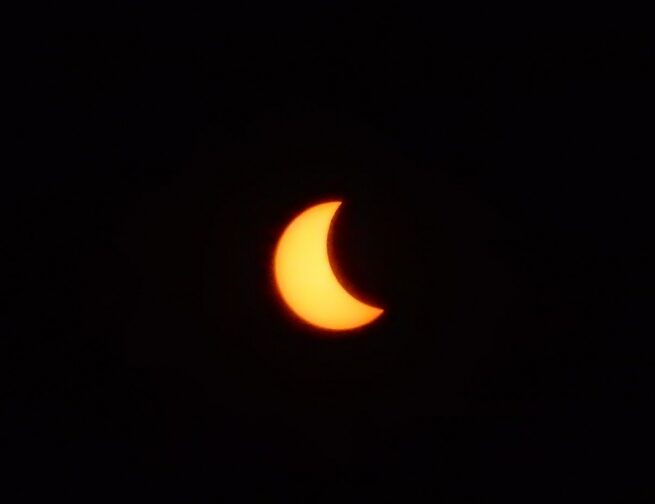
Everything You Need To Know About The October 2023 Partial Solar Eclipse
Here’s everything you need to know about the October 14, 2023, partial solar eclipse or annular solar eclipse (depending on your location).

Different Types Of Solar Eclipses Explained
What is the difference between a total solar eclipse, an annular solar eclipse, and a partial solar eclipse? We discuss the different types of solar eclipses, what a solar eclipse is, and how to see the October 14, 2023 and April 8, 2024 eclipses!
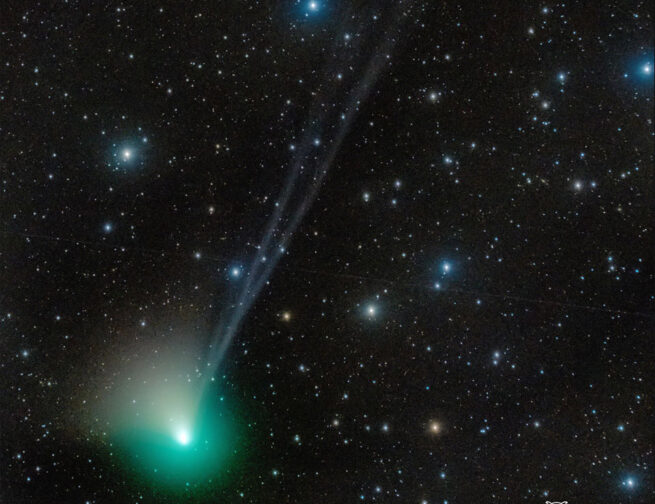
Does Comet C/2022 E3 (ZTF) Have A Hyperbolic Orbit or a 50,000 Year Orbit?
Header Image: Comet C/2022 E3 (ZTF) showing its green glow and three blue ion tails. Image Credit: Jose Francisco Hernández Everyone is talking about the “Green Comet”—aka Comet C/2022 E3 (ZTF)—right now! This cosmic fuzzball recently made its closest approach to the Sun, and has the potential to be bright enough to be seen from […]
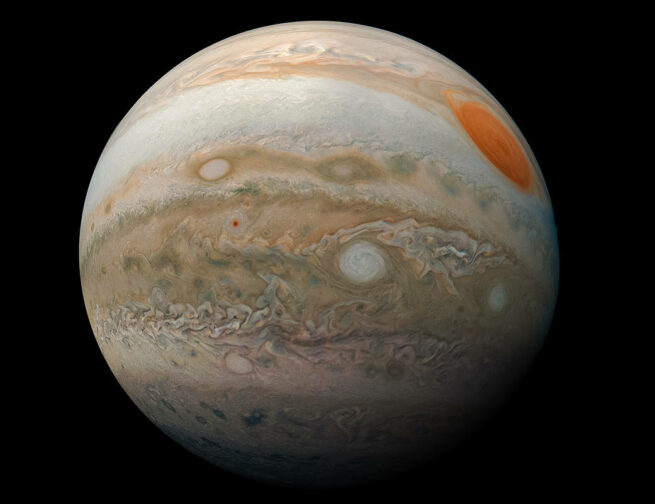
What Would The Planet Jupiter Taste Like?
Header Image: Color enhanced image of Jupiter’s southern hemisphere, taken on February 12, 2019 by NASA’s Juno spacecraft. Image Credits: NASA/JPL-Caltech/SwRI/MSSS/Kevin M. Gill Written by Dr. Geza Gyuk, the Adler Planetarium’s Senior Director of Astronomy and Bella Mutert, the Adler Planetarium’s Digital Marketing Specialist Have you ever found yourself wondering, “what would Jupiter taste like?” […]
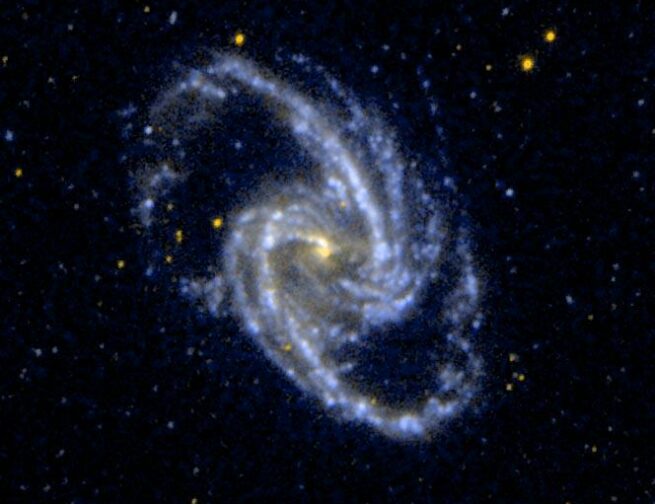
Universe-Sized Questions: Dark Matter, Dark Energy, and the Big Bang
Header Image: This is NGC 1365, the barred spiral galaxy a part of the Fornax Cluster. Image Credit: NASA/JPL-Caltech/SSC Dark matter. What is it? Why can’t we see it? And how is it related to dark energy and the Big Bang? Every day, we (the astronomers at the Adler Planetarium) get asked curious questions about […]




